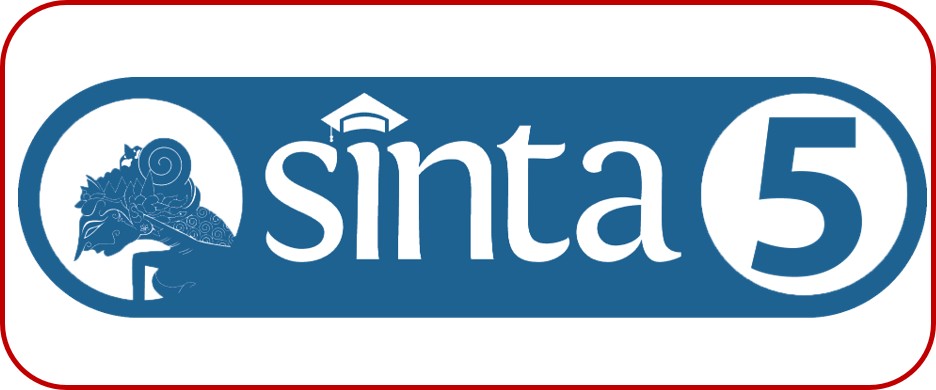EKSPLORASI ETNOMATEMATIKA TERHADAP POLA GEOMETRI BANGUN DATAR PADA BAJU ADAT CELE MASYARAKAT MALUKU
Etnomathematics Exploration Of Flat Geometry Pattens In Cele Traditional Clothes Of The Maluku Community
DOI:
https://doi.org/10.22487/aksioma.v12i2.4337Keywords:
ethnomathematics, geometry, flat shapes, cele traditional clothes, cultureAbstract
The traditional cele clothes of the Maluku people have unique patterns and designs related to the concept of geometry. In the context of ethnomathematics it is used as a means of learning mathematics and providing an understanding of cultural values. The aim of this research is to find out the patterns and designs of traditional cele clothes in terms of the geometry concept and the cultural values contained therein. This study uses qualitative research with an ethnographic approach. The instruments in this study were interviews, observation and documentation. The results of this study are in the form of patterns used on traditional cele clothes inspired by flowers, leaves, animals, and geometry. The geometric patterns and designs on Cele traditional clothes use simple geometric concepts, namely lines, squares, circles, triangles, stars and polygons. The cultural meaning of the cele traditional dress depends on the traditions and beliefs in each region, the symbolism of the symmetrical shape symbolizes beauty. Regular square geometric shapes reflect harmony and balance. This traditional dress is used at weddings, funerals, religious ceremonies, and other important government events. It has a distinctive pattern with bright colors that reflect the joy and joy of the people of Maluku.
Downloads
Published
How to Cite
Issue
Section
License
Copyright (c) 2023 Author

This work is licensed under a Creative Commons Attribution-ShareAlike 4.0 International License.














